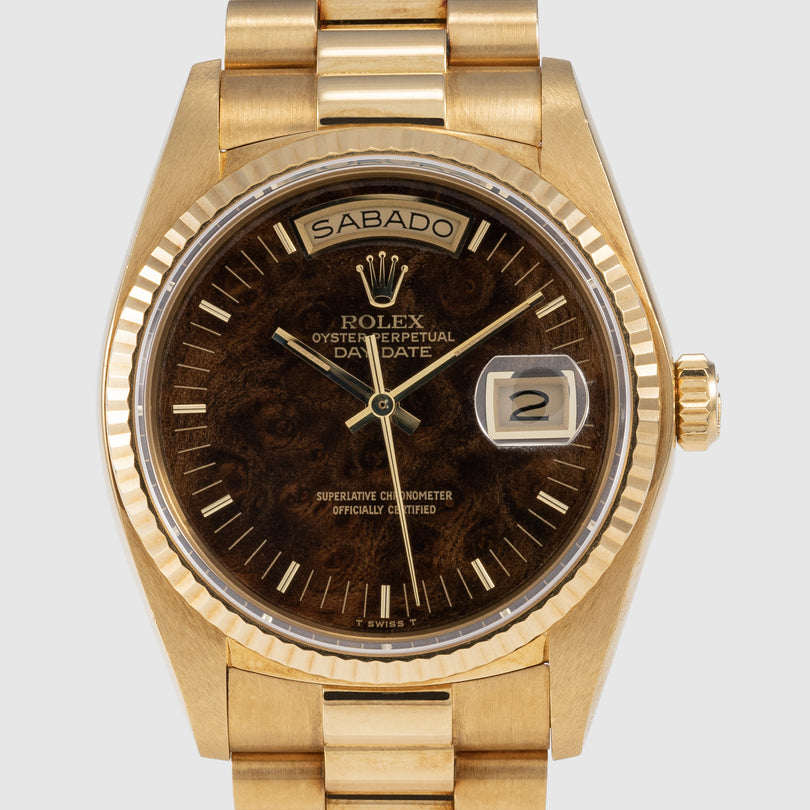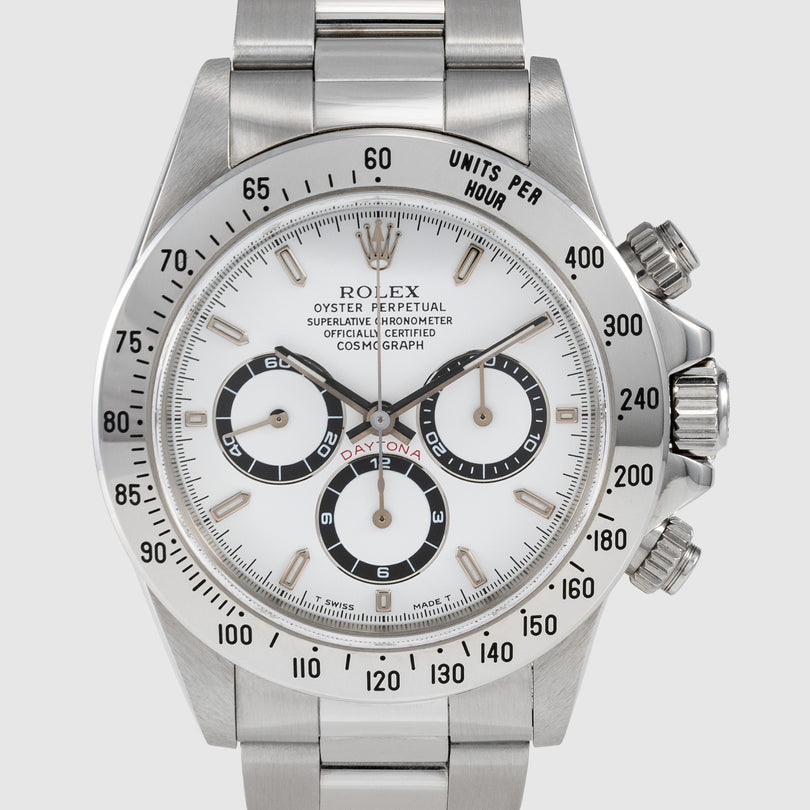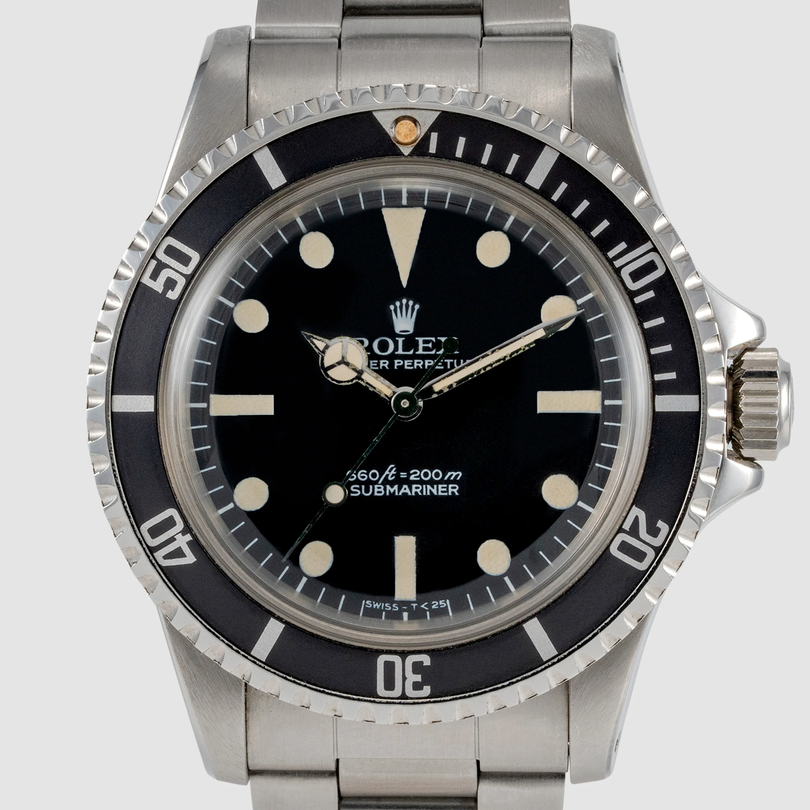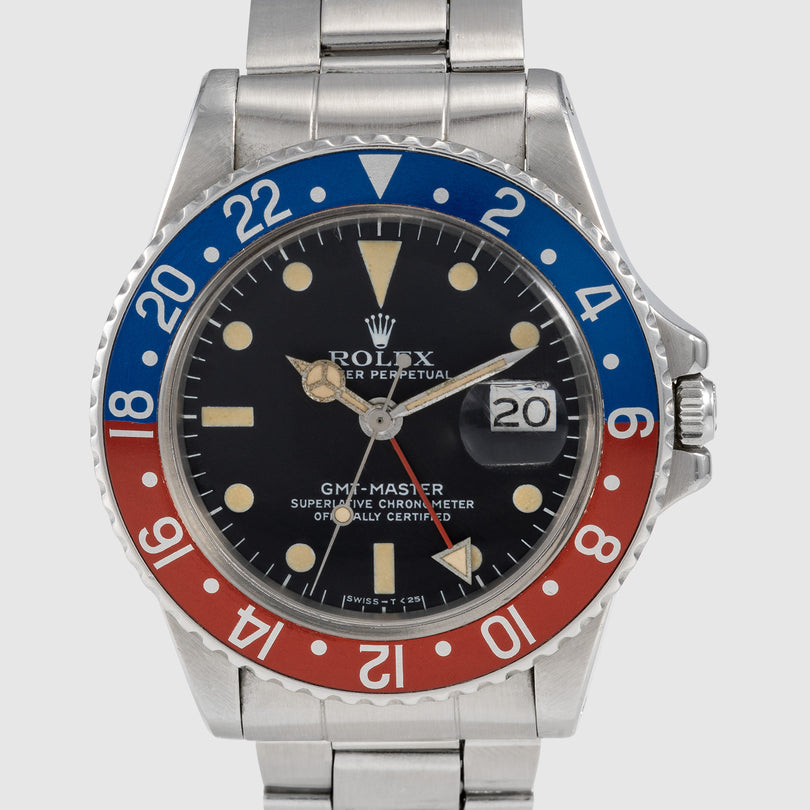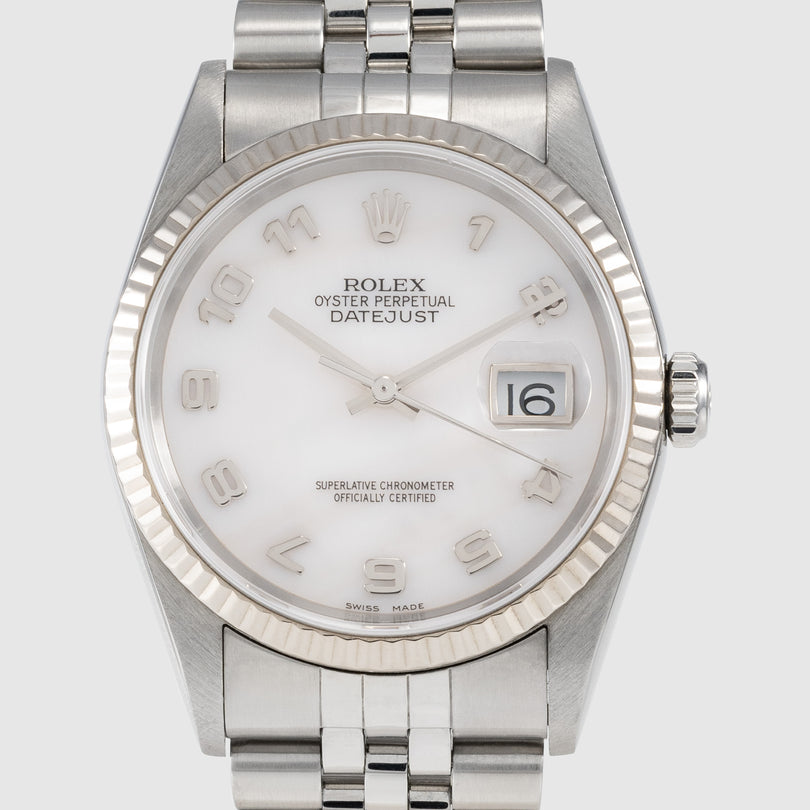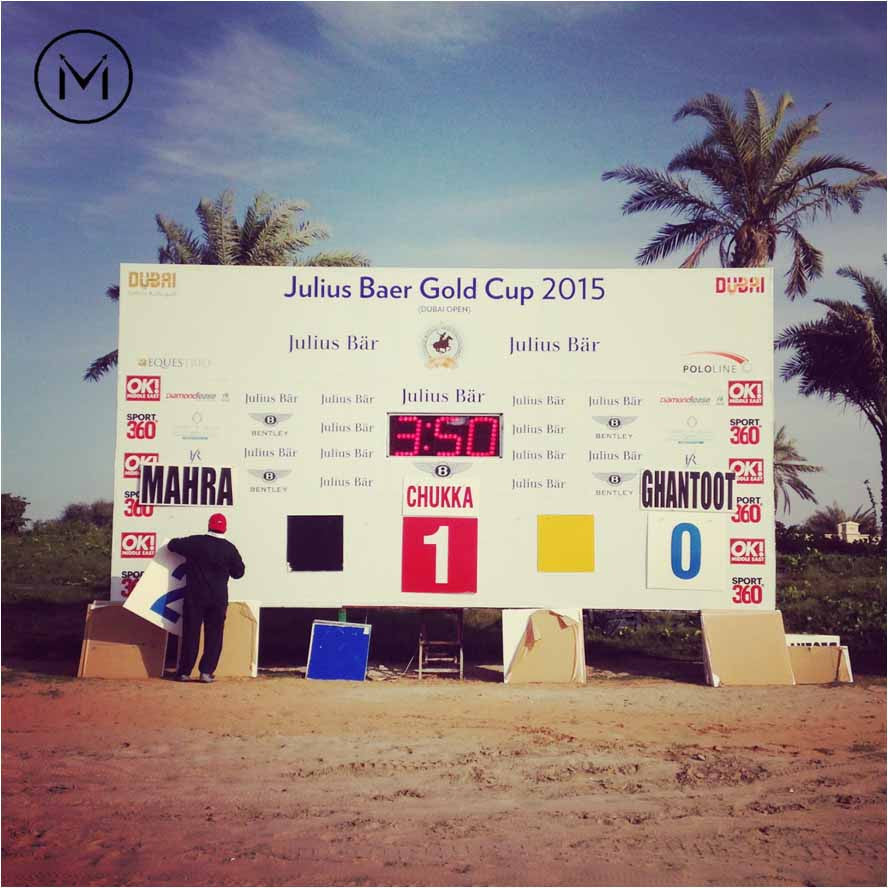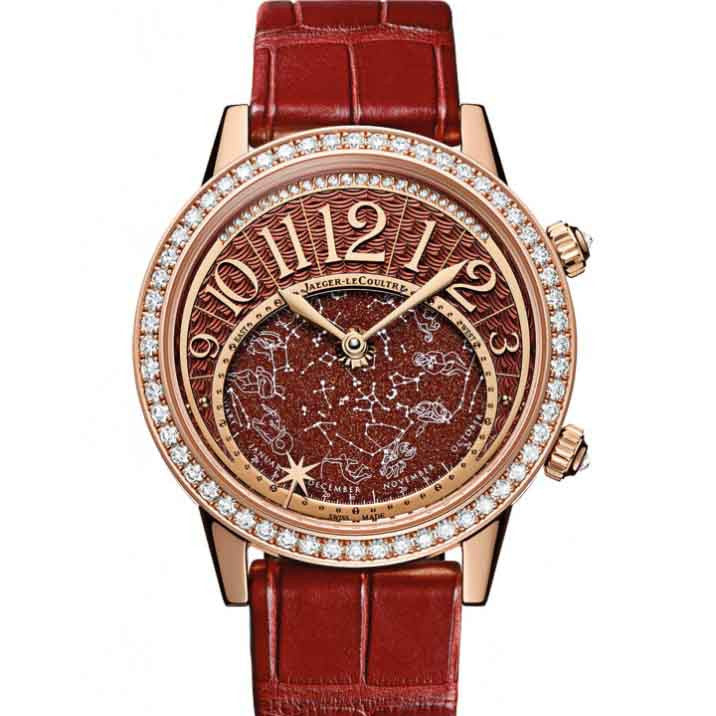

A great watch is far more than just a functional piece of jewelry. For the true aficionado of haute horologie, the real pleasure lies in going deeper into the secrets of the craft.
Enthusiasts of super cars will often become lyrical about “what’s under the hood” of the latest model. It’s the same with me and watch collecting – half the fascination lies in finding out what makes it tick.
As I was sucked ever deeper into the details of watchmaking, I found it quite surprising to discover that only a handful of the top brands actually produce their own movements.
There is an intricate web of inter-company collaboration, with many surprising twists.
Zenith
One of the greatest movements ever made is the Zenith El Primero, shown above. It was the first Swiss made fully automatic chronograph, accurate to 1/10th of a second. This caliber (based on the 3019) has been used by Movado, TAG Heuer, Ebel, and even some Rolex Daytonas.
For the past few years the dynamics of the watchmaking world has been on the move. ‘Manufacture’ has been a buzz word among high-end Swiss brands. It’s all about a vertical integration – meaning that the best watchmakers aim to manufacture every part of the watch in-house.
But this is an enormously expensive undertaking. Setting up the capability to produce all the parts in a mechanical watch can run deep into the millions of dollars.
ETA
The Swiss manufacturers, ETA, are part of the Swatch group, and they make an enormous amount of the movements and ebauches found in a wide range of brands. They are the giants among watchmakers.
Their movements are robust, easy to repair, and have years of fine-tuning and bug-fixes behind them. Brands like Hamilton, Tag Heuer and Breitling make extensive use of ETA calibers. Even Omega uses a specially modified ETA movement, along with its in-house expertise.
In recent years the ETA group has started limiting the supply to other brands, causing a bit of a flurry in the industry, and forcing brands to find their own supply sources for their masterpieces.
 This brand is in a class of its own where it comes to manufacture. The company even has its own foundry, and controls every step of the process to maintain the highest level of craftsmanship.
This brand is in a class of its own where it comes to manufacture. The company even has its own foundry, and controls every step of the process to maintain the highest level of craftsmanship.
 Rolex Zerographe reference 3346, which was the first Oyster chronograph model produced by Rolex and furthermore the first to be powered by an in-house movement. It also had the first rotating bezel. It was produced around 1937, and very few of these were ever made.
Rolex Zerographe reference 3346, which was the first Oyster chronograph model produced by Rolex and furthermore the first to be powered by an in-house movement. It also had the first rotating bezel. It was produced around 1937, and very few of these were ever made.
Rolex produces a large number of movements, and while they may not be the most complicated, they are renowned for their consistency and accuracy. They are real work-horse calibers.
Boutique Movements.
 On the very top end of the market are movements and complications that are so complex and labor intensive to produce, that only very limited numbers of these watches are ever made.
On the very top end of the market are movements and complications that are so complex and labor intensive to produce, that only very limited numbers of these watches are ever made.
Known as ‘Boutique’ watches or ‘Super-complications’ these movements transcend engineering, and move right into the realms of fine art.
Brands, like A Lange & Sohne, among many others, will often have a kind of flagship piece, often taking years to design and make, and only the very wealthy will ever have the pleasure of owning them.
So in conclusion – the question remains: What is the mark of a great movement? Well, that can be a tricky question to answer.
For some, it is purely about accuracy, and longevity. Others again are fascinated by complication. There are some who stand in awe of the aesthetic appeal – beautifully decorated movements and jewels. The ultimate watch would include all of these, but that of course, is the holy grail of watchmaking.
|

